详情介绍
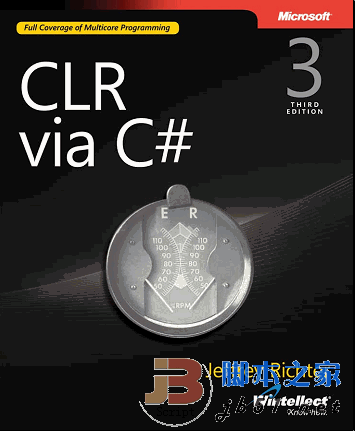
Jeffrey Richter 在他的博客中叙述了 CLR via C#第三版的主要内容,和改动。原本如下:(必要的地方加了翻译)
Last week I submitted the reaming chapters for my new book. It is now being edited and should be available right around the time that Visual Studio 2010 launches (March 22, 2010). (注:上周他提交了他的书(可能是给出版社),估计会在VS2010发布的时候,一同上市)
One place you can order it is here: //www.amazon.com/CLR-via-C-Third-Pro-Developer/dp/0735627045 (注:Amazon已经可以预订了)
I know that many people will ask me what are the differences between the 2nd edition and the 3rd edition and so I thought I'd create this blog post to address this.
Overall, every chapter has been modified making the text clearer, fixing any known mistakes and I’ve added more 64-bit coverage as this hardware is becoming more commonplace. I' ve also embellished a lot of text to reflect new things that I've learned in the last 5 years since the previos edition of the book was published. In addtion, since the 2nd Edition of the book covered version 2.0 of the .NET Framework and C#, the new book adds coverage of versions 3.0, 3.5 and 4.0.
(注:修改了部分章节的语言描述,叙述地更清楚一些。修改了关于 64位系统的一些错误。用了很多笔墨来介绍他最近5年的学习心得,书中也涵盖了.net 3.0,3.5,4.0的内容。)
Also, I always thought I’d write a Threading Book showing how to properly architect software to build responsive and scalable applications and components in today’s world of multi-core computers. However, I decided to just include this other book’s content in the 3rd Edition of CLR via C# and so Part 5 of the book has five pretty lengthy chapters related to Threading. These chapters (like all chapters in the book) are very prescriptive. That is, I don’t just explain what is in the .NET Framework and how to use it. I explain when to use it and why as well as pitfalls associated with various constructs. I have written a lot of threading material over the past 20+ years and this is all new material presented in an all new way that I think will resonate well with software developers. The 2nd edition of CLR via C# had two chapters related to threading; the five new chapters contain a small part of that material but the new chapters are basically rewritten and add all of the new stuff that is being introduces with .NET 4.0.
(注:此版第五部分中有5个很长的章节讲述线程。作者不仅解释 .NET框架的线程部分和如何使用这个,还讲述了什么时候使用和一些使用中的陷阱。作者在过去20多年中写了很多关于线程的文章,这次他将用这5章的篇幅做一个完整地,全新的阐述。新加的章节基本都是重新写过的,所有新修改的东西也都跟.NET 4.0联系起来了。)
Below is the Table of Contents for CLR via C#, 3rd Edition and a brief description of what has been added to each chapter since the 2nd Edition.
(下面是分章节的简要介绍了,Jeff相当厚道啊。我是很期待第三版。)
Part I – CLR Basics
Chapter 1-The CLR’s Execution Model
Added about discussion about C#’s /optimize and /debug switches and how they relate to each other.
Chapter 2-Building, Packaging, Deploying, and Administering Applications and Types
Improved discussion about Win32 manifest information and version resource information.
Chapter 3-Shared Assemblies and Strongly Named Assemblies
Added discussion of TypeForwardedToAttribute and TypeForwardedFromAttribute.
Part II – Designing Types
Chapter 4-Type Fundamentals
No new topics.
Chapter 5-Primitive, Reference, and Value Types
Enhanced discussion of checked and unchecked code and added discussion of new BigInteger type. Also added discussion of C# 4.0’s dynamic primitive type.
Chapter 6-Type and Member Basics
No new topics.
Chapter 7-Constants and Fields
No new topics.
Chapter 8-Methods
Added discussion of extension methods and partial methods.
Chapter 9-Parameters
Added discussion of optional/named parameters and implicitly-typed local variables.
Chapter 10-Properties
Added discussion of automatically-implemented properties, properties and the Visual Studio debugger, object and collection initializers, anonymous types, the System.Tuple type and the ExpandoObject type.
Chapter 11-Events
Added discussion of events and thread-safety as well as showing a cool extension method to simplify the raising of an event.
Chapter 12-Generics
Added discussion of delegate and interface generic type argument variance.
Chapter 13-Interfaces
No new topics.
Part III – Essential Types
Chapter 14-Chars, Strings, and Working with Text
No new topics.
Chapter 15-Enums
Added coverage of new Enum and Type methods to access enumerated type instances.
Chapter 16-Arrays
Added new section on initializing array elements.
Chapter 17-Delegates
Added discussion of using generic delegates to avoid defining new delegate types. Also added discussion of lambda expressions.
Chapter 18-Attributes
No new topics.
Chapter 19-Nullable Value Types
Added discussion on performance.
Part IV – CLR Facilities
Chapter 20-Exception Handling and State Management
This chapter has been completely rewritten. It is now about exception handling and state management. It includes discussions of code contracts and constrained execution regions (CERs). It also includes a new section on trade-offs between writing productive code and reliable code.
Chapter 21-Automatic Memory Management
Added discussion of C#’s fixed state and how it works to pin objects in the heap. Rewrote the code for weak delegates so you can use them with any class that exposes an event (the class doesn’t have to support weak delegates itself). Added discussion on the new ConditionalWeakTable class, GC Collection modes, Full GC notifications, garbage collection modes and latency modes. I also include a new sample showing how your application can receive notifications whenever Generation 0 or 2 collections occur.
Chapter 22-CLR Hosting and AppDomains
Added discussion of side-by-side support allowing multiple CLRs to be loaded in a single process. Added section on the performance of using MarshalByRefObject-derived types. Substantially rewrote the section on cross-AppDomain communication. Added section on AppDomain Monitoring and first chance exception notifications. Updated the section on the AppDomainManager class.
Chapter 23-Assembly Loading and Reflection
Added section on how to deploy a single file with dependent assemblies embedded inside it. Added section comparing reflection invoke vs bind/invoke vs bind/create delegate/invoke vs C#’s dynamic type.
Chapter 24-Runtime Serialization
This is a whole new chapter that was not in the 2nd Edition.
Part V – Threading
Chapter 25-Threading Basics
Whole new chapter motivating why Windows supports threads, thread overhead, CPU trends, NUMA Architectures, the relationship between CLR threads and Windows threads, the Thread class, reasons to use threads, thread scheduling and priorities, foreground thread vs background threads.
Chapter 26-Performing Compute-Bound Asynchronous Operations
Whole new chapter explaining the CLR’s thread pool. This chapter covers all the new .NET 4.0 constructs including cooperative cancelation, Tasks, the aralle class, parallel language integrated query, timers, how the thread pool manages its threads, cache lines and false sharing.
Chapter 27-Performing I/O-Bound Asynchronous Operations
Whole new chapter explaining how Windows performs synchronous and asynchronous I/O operations. Then, I go into the CLR’s Asynchronous Programming Model, my AsyncEnumerator class, the APM and exceptions, Applications and their threading models, implementing a service asynchronously, the APM and Compute-bound operations, APM considerations, I/O request priorities, converting the APM to a Task, the event-based Asynchronous Pattern, programming model soup.
Chapter 28-Primitive Thread Synchronization Constructs
Whole new chapter discusses class libraries and thread safety, primitive user-mode, kernel-mode constructs, and data alignment.
Chapter 29-Hybrid Thread Synchronization Constructs
Whole new chapter discussion various hybrid constructs such as ManualResetEventSlim, SemaphoreSlim, CountdownEvent, Barrier, ReaderWriterLock(Slim), OneManyResourceLock, Monitor, 3 ways to solve the double-check locking technique, .NET 4.0’s Lazy and LazyInitializer classes, the condition variable pattern, .NET 4.0’s concurrent collection classes, the ReaderWriterGate and SyncGate classes.
下载地址
下载错误?【投诉报错】
人气书籍
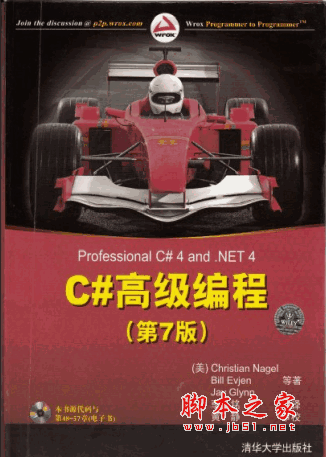
C#高级编程(第7版) 中文pdf版 附随书源码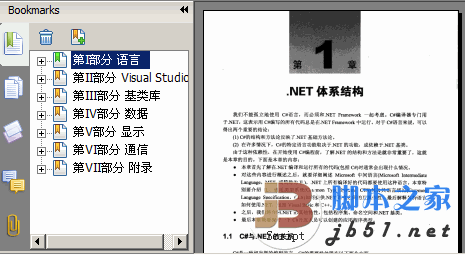
C#高级编程第6版 中文pdf版 148M
C#高级编程 (第8版) 中文pdf文字版附英文版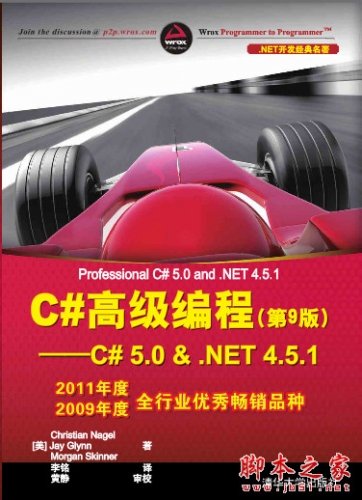
C#高级编程(第9版) C#5.0& .NET4.5.1 中文版 完整PDF扫描版[117M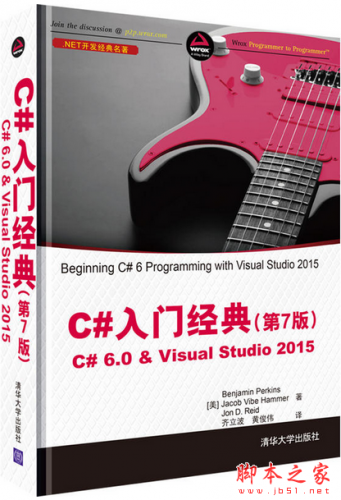
C#入门经典(第7版) C# 6.0 & Visual Studio 2015 完整版 中文pdf![CLR Via C# 第4版 ((美)李希特) 中文PDF扫描版[245MB] CLR Via C# 第4版 ((美)李希特) 中文PDF扫描版[245MB]](//img.jbzj.com/do/uploads/litimg/160223/1552492I019.jpg)
CLR Via C# 第4版 ((美)李希特) 中文PDF扫描版[245MB]
Visual C#.NET网络编程教程pdf版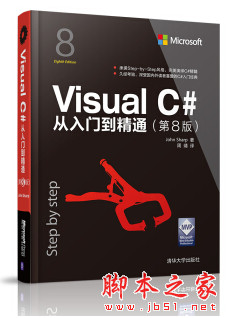
Visual C#从入门到精通(第8版) John Sharp著 中文pdf扫描版[113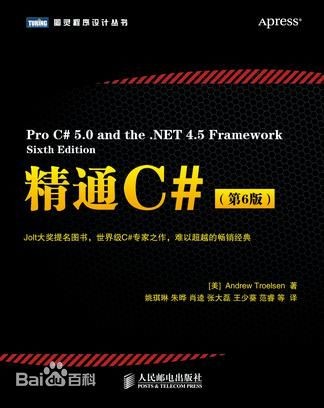
图灵程序设计丛书:精通C#(第6版) PDF扫描版[148![C# WinForm实践开发教程 (钱哨) 中文高清PDF扫描版[43MB] C# WinForm实践开发教程 (钱哨) 中文高清PDF扫描版[43MB]](//img.jbzj.com/do/uploads/litimg/150926/160R92O548.jpg)
C# WinForm实践开发教程 (钱哨) 中文高清PDF扫描版[43MB]
下载声明
☉ 解压密码:www.jb51.net 就是本站主域名,希望大家看清楚,[ 分享码的获取方法 ]可以参考这篇文章
☉ 推荐使用 [ 迅雷 ] 下载,使用 [ WinRAR v5 ] 以上版本解压本站软件。
☉ 如果这个软件总是不能下载的请在评论中留言,我们会尽快修复,谢谢!
☉ 下载本站资源,如果服务器暂不能下载请过一段时间重试!或者多试试几个下载地址
☉ 如果遇到什么问题,请评论留言,我们定会解决问题,谢谢大家支持!
☉ 本站提供的一些商业软件是供学习研究之用,如用于商业用途,请购买正版。
☉ 本站提供的CLR via C# 第三版 pdf英文版资源来源互联网,版权归该下载资源的合法拥有者所有。


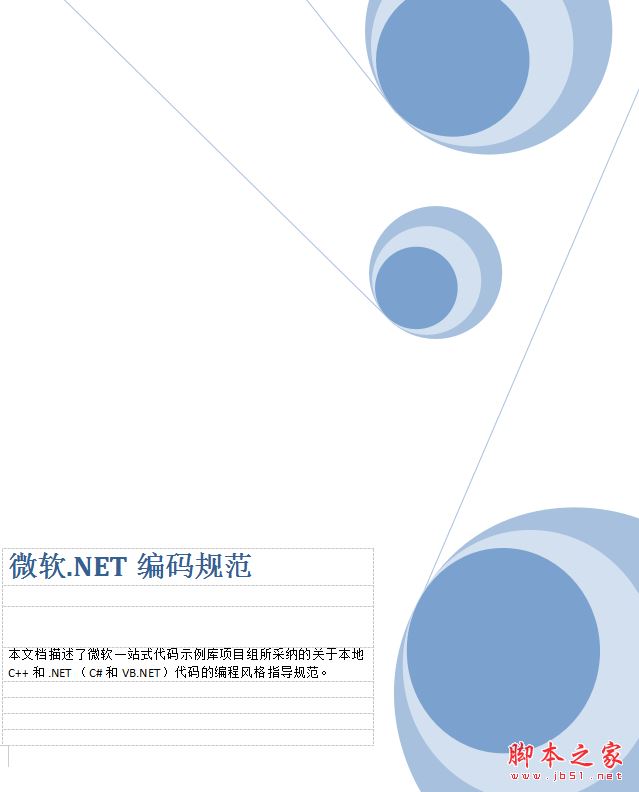
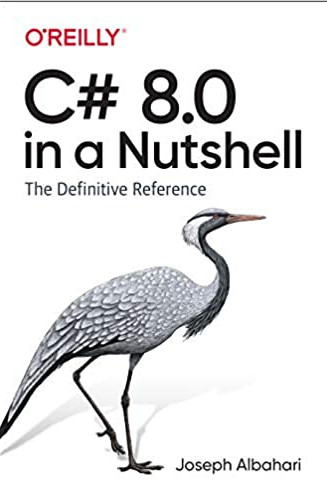



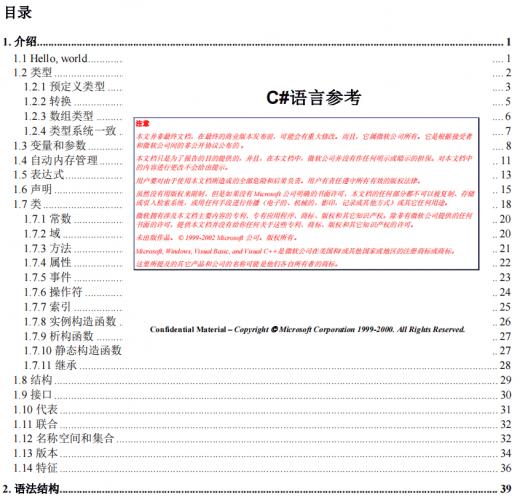




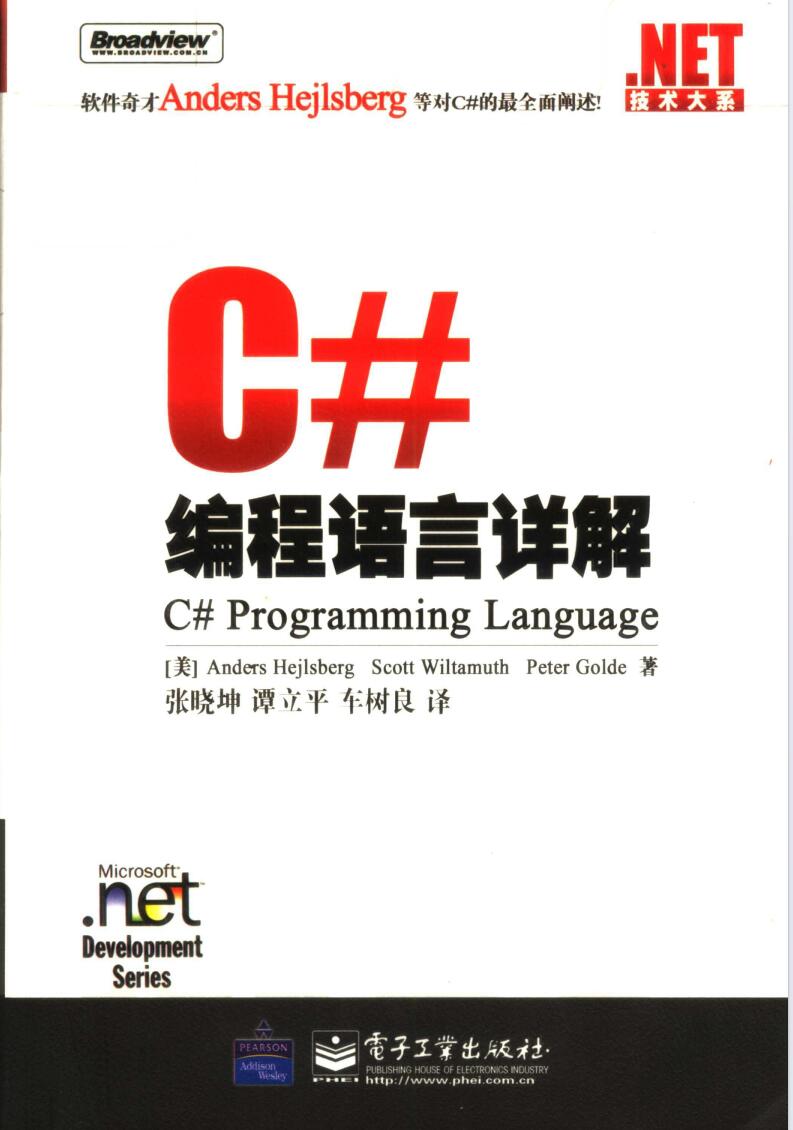
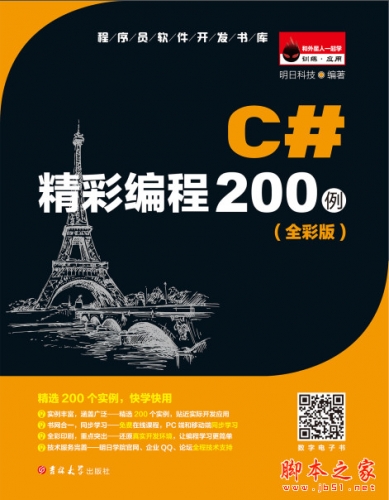
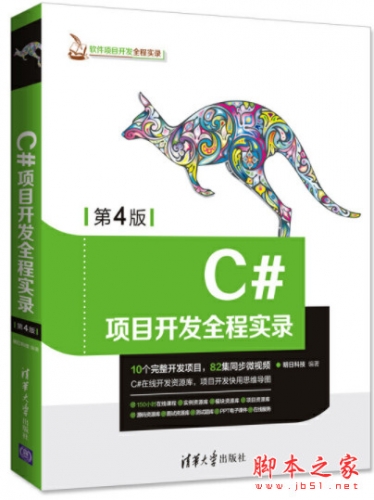
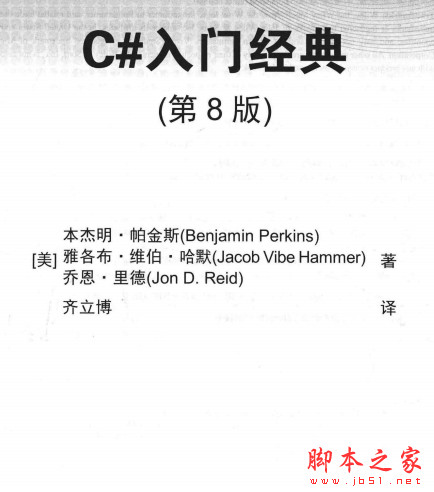
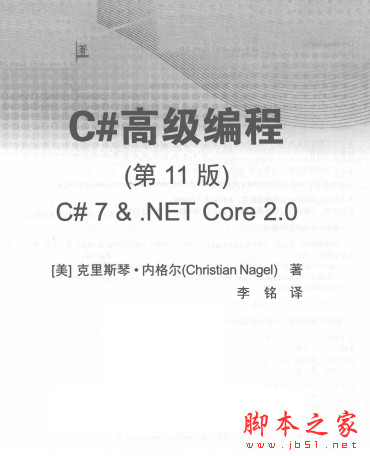
![C#从入门到精通(第5版) 明日科技 随书视频讲解+源码[2.78G]](http://img.jbzj.com/do/uploads/litimg/211022/1H3522K0A.jpg)
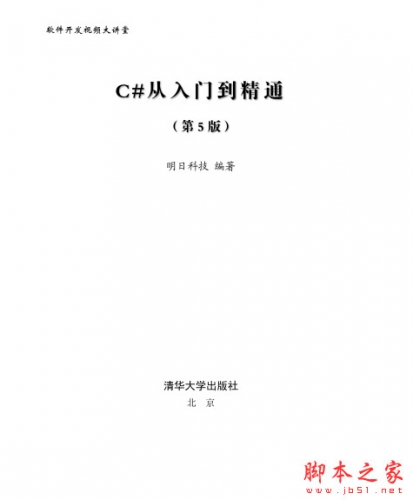
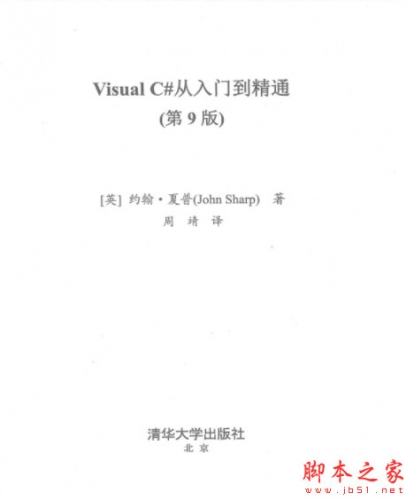





![CLR Via C# 第4版 ((美)李希特) 中文PDF扫描版[245MB] CLR Via C# 第4版 ((美)李希特) 中文PDF扫描版[245MB]](http://img.jbzj.com/do/uploads/litimg/160223/1552492I019.jpg)



![C# WinForm实践开发教程 (钱哨) 中文高清PDF扫描版[43MB] C# WinForm实践开发教程 (钱哨) 中文高清PDF扫描版[43MB]](http://img.jbzj.com/do/uploads/litimg/150926/160R92O548.jpg)